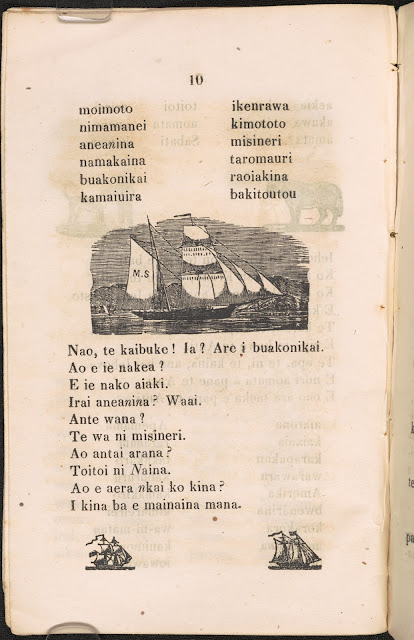From raspberry cordial to the ‘green flash’

Ref: Happy staff at Hurley Bendon, Papatoetoe, 1964, photograph reproduced courtesy of Fairfax Media, South Auckland Research Centre, Auckland Libraries, Footprints 00071. I was looking through the new publication Real modern : everyday New Zealand in the 1950s and 1960s when I saw the tea towel. Memories came flooding back. My sister and I trapped in the small space of the dark décor in our 1970s kitchen. Doing the dishes. Who gets to dry? Who has to wash? Who decides? In 2013 our family moved into a house with no dishwasher. Great, I thought, now my teenagers can get to lead real lives, they will have to do the dishes. They will have to interact with their parents in a new and inventive way; they will have to talk to each other. Ref: Souvenir tea towel of Mt Egmont (Mt Taranaki), c.1960, Maylin, Ireland, gift of Angela Lassig 2010. Image reproduced courtesy of Te Papa Press.



